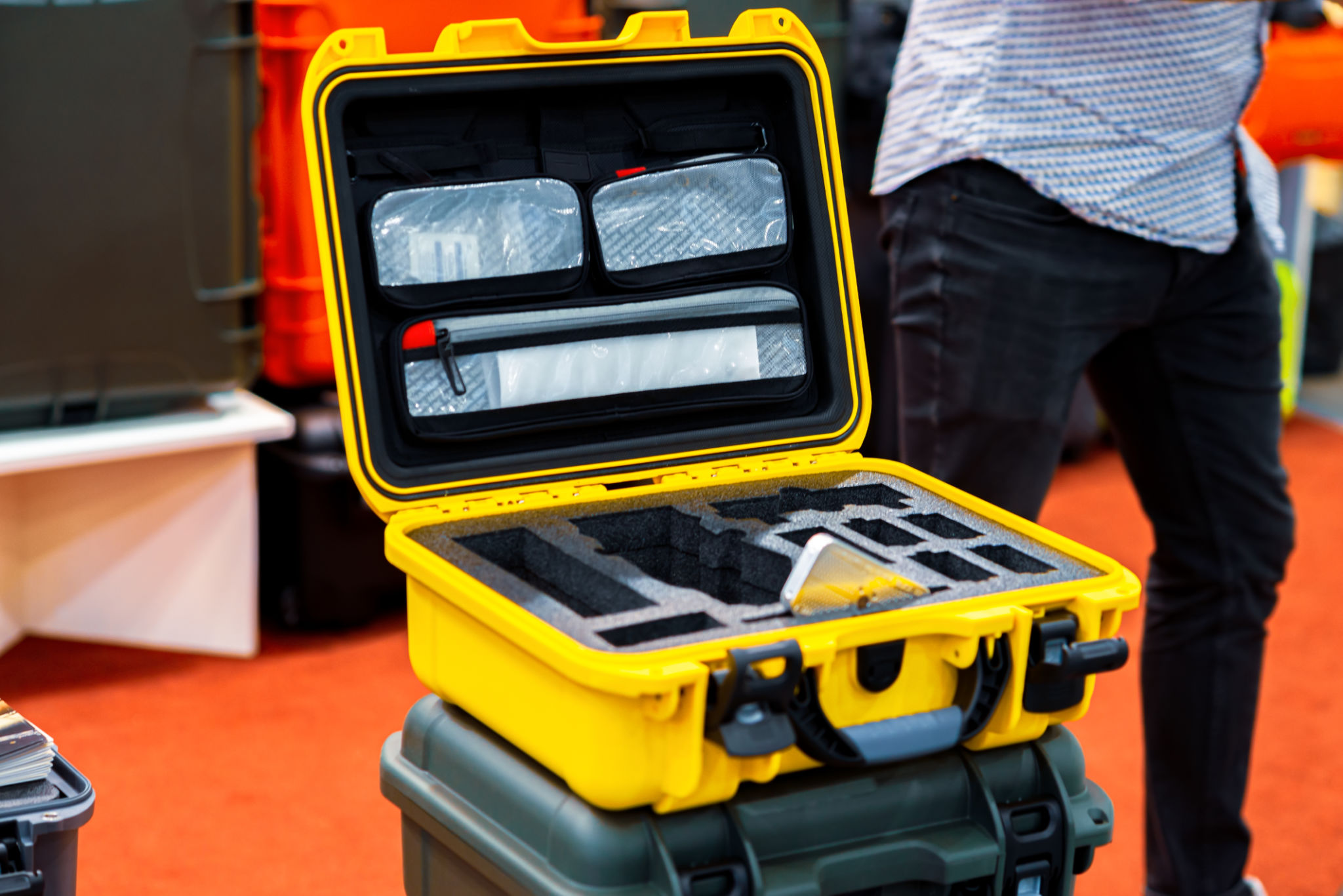The Role of Foam in Protecting Shipments: Insights from PSI
Understanding the Importance of Foam in Shipping
In the world of logistics and transportation, ensuring that shipments arrive intact is critical. One of the most effective ways to safeguard goods during transit is using protective foam. This material acts as a cushion, absorbing shocks and vibrations, and providing a barrier against potential damage. With the rise of e-commerce and global trade, the demand for reliable packaging solutions has become more pressing than ever.
Foam is a versatile material used across various industries due to its lightweight and durable nature. Its ability to conform to different shapes and provide consistent protection makes it an ideal choice for shipping fragile or valuable items. As companies strive to maintain their reputation by delivering products in perfect condition, understanding how foam works can offer significant advantages.

Types of Foam Used in Packaging
There are several types of foam materials utilized in packaging, each offering unique benefits. Some common types include:
- Polyurethane Foam: Known for its flexibility and resilience, this type of foam is often used for custom-molded packaging solutions.
- Polystyrene Foam: Lightweight and cost-effective, polystyrene is ideal for single-use packaging and offers excellent thermal insulation.
- Polyethylene Foam: Renowned for its impact resistance, polyethylene foam provides robust protection against repeated shocks.
Selecting the appropriate foam type depends on the nature of the product being shipped and the anticipated handling conditions. Each type has its own strengths, and choosing the right one can significantly enhance shipment protection.
How Foam Protects Shipments
The primary function of foam in packaging is to act as a buffer between the product and external impacts. By absorbing vibrations and dissipating energy, foam helps prevent damage that can occur during handling, transportation, and storage. This protective layer can be tailored to fit specific items, ensuring that every corner and edge is safeguarded.
Foam inserts and pads can be customized to provide precise protection, making them ideal for delicate electronics, glassware, and other fragile goods. Moreover, foam's insulating properties help maintain temperature-sensitive items at a constant climate, reducing the risk of spoilage.

Sustainability and Foam Packaging
As environmental concerns grow, the packaging industry is under pressure to adopt more sustainable practices. Fortunately, advancements in foam technology have led to the development of eco-friendly alternatives. Biodegradable foams and those made from recycled materials are increasingly available, helping companies reduce their carbon footprint without compromising on protection.
By choosing sustainable foam options, businesses can demonstrate their commitment to environmental responsibility while ensuring their products remain protected during transit. This balance between sustainability and functionality is becoming a key consideration for many organizations.
The Role of PSI in Foam Packaging
At PSI (Packaging Solutions International), the focus is on providing innovative foam packaging solutions tailored to meet diverse shipping needs. With a deep understanding of the dynamics involved in product transportation, PSI offers expert insights into selecting the right foam materials for various applications.
The company emphasizes the importance of testing and customizing foam packaging to ensure maximum protection. By leveraging advanced technologies and materials, PSI helps businesses safeguard their shipments effectively while optimizing costs.

Conclusion: The Future of Foam in Shipping
The role of foam in protecting shipments is undeniable. As technology advances and new materials emerge, the effectiveness and versatility of foam packaging will continue to evolve. Companies like PSI are at the forefront of these developments, ensuring that their clients benefit from cutting-edge solutions that meet both present and future challenges.
Whether shipping electronics, perishables, or delicate goods, leveraging the right foam packaging can make all the difference in customer satisfaction and operational efficiency. As businesses navigate an increasingly complex logistics landscape, understanding and utilizing the full potential of foam will remain crucial.